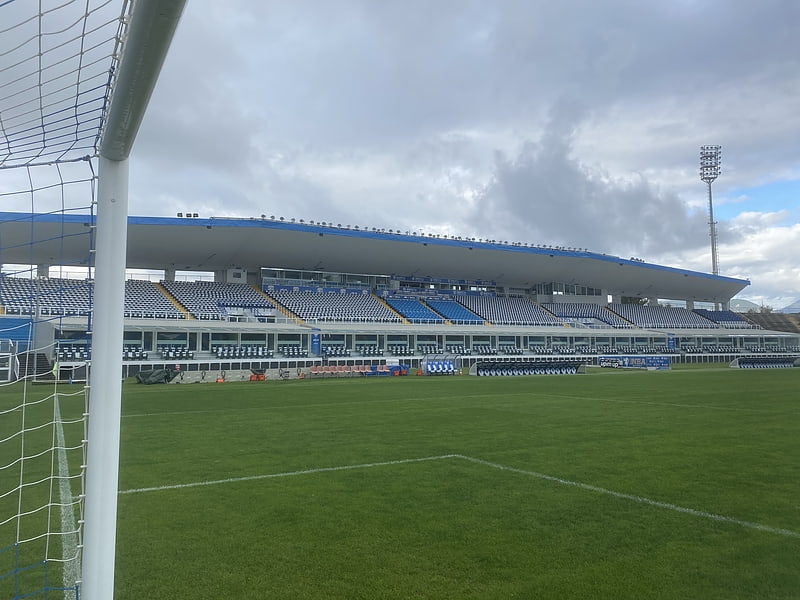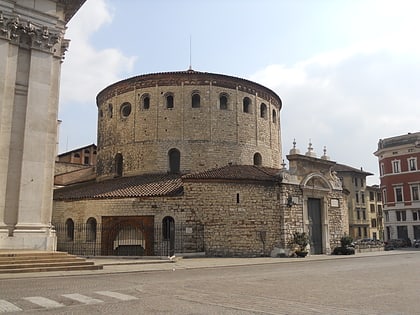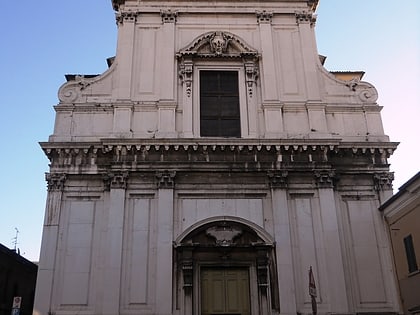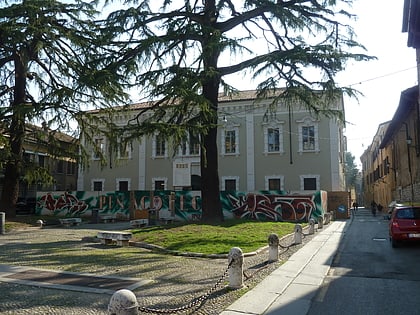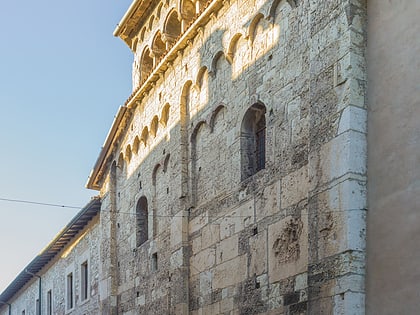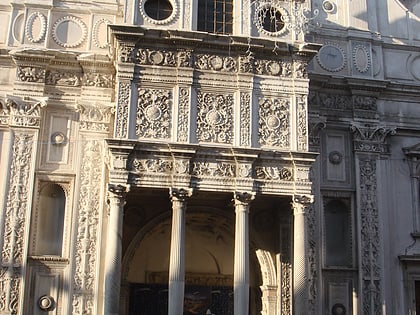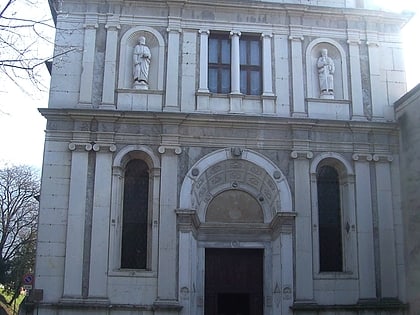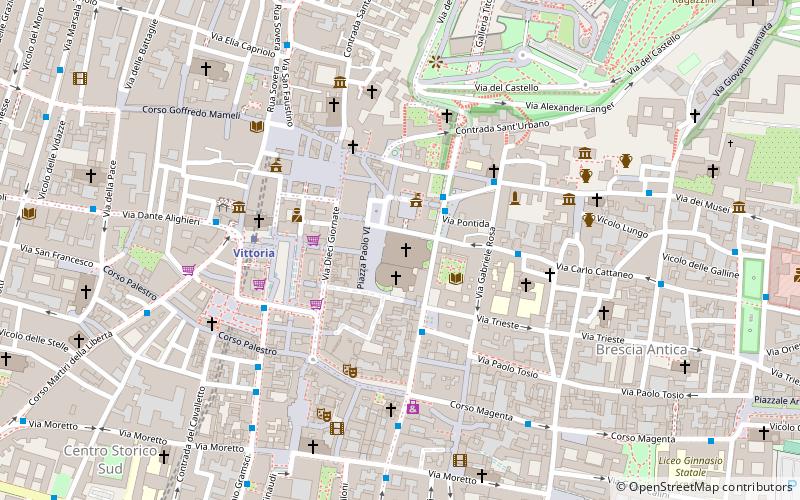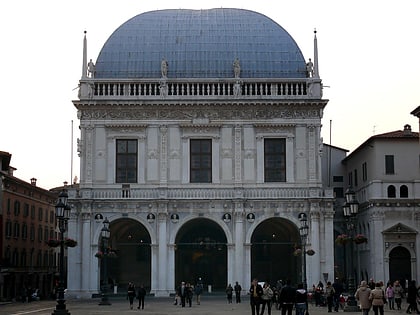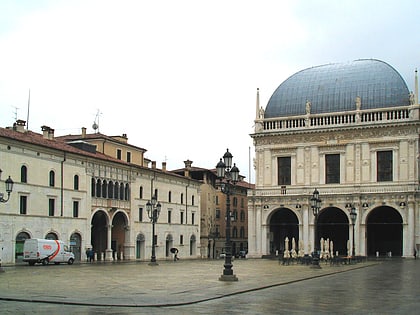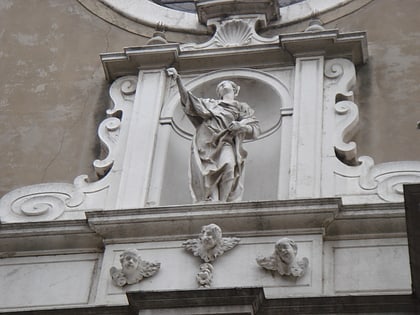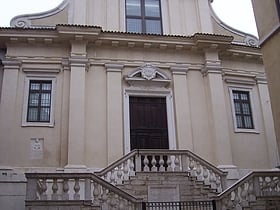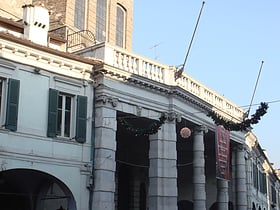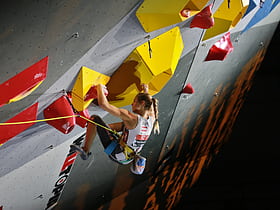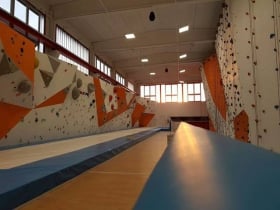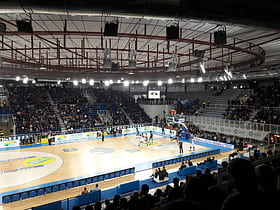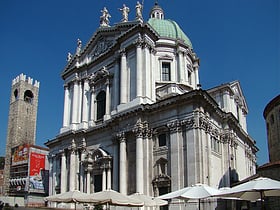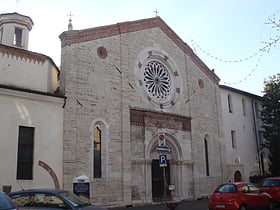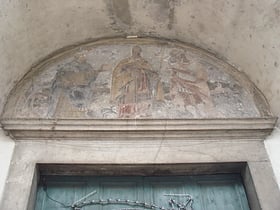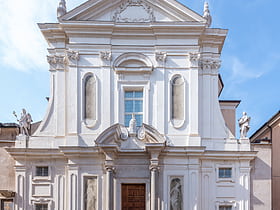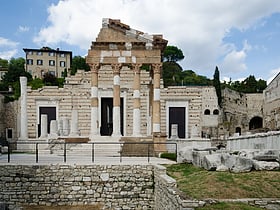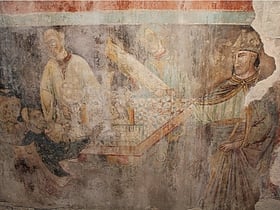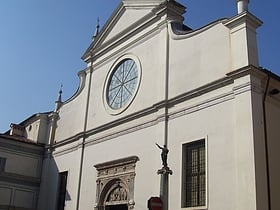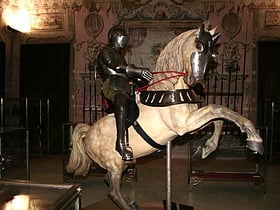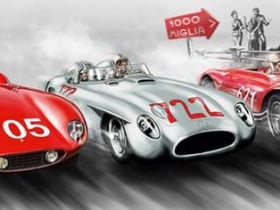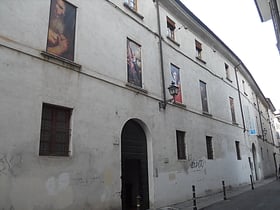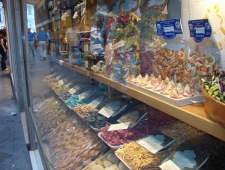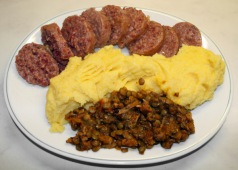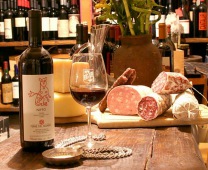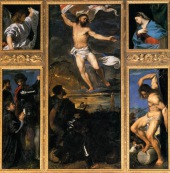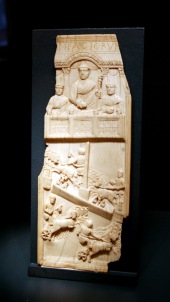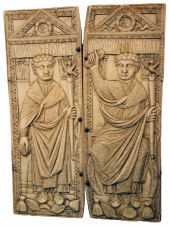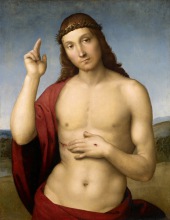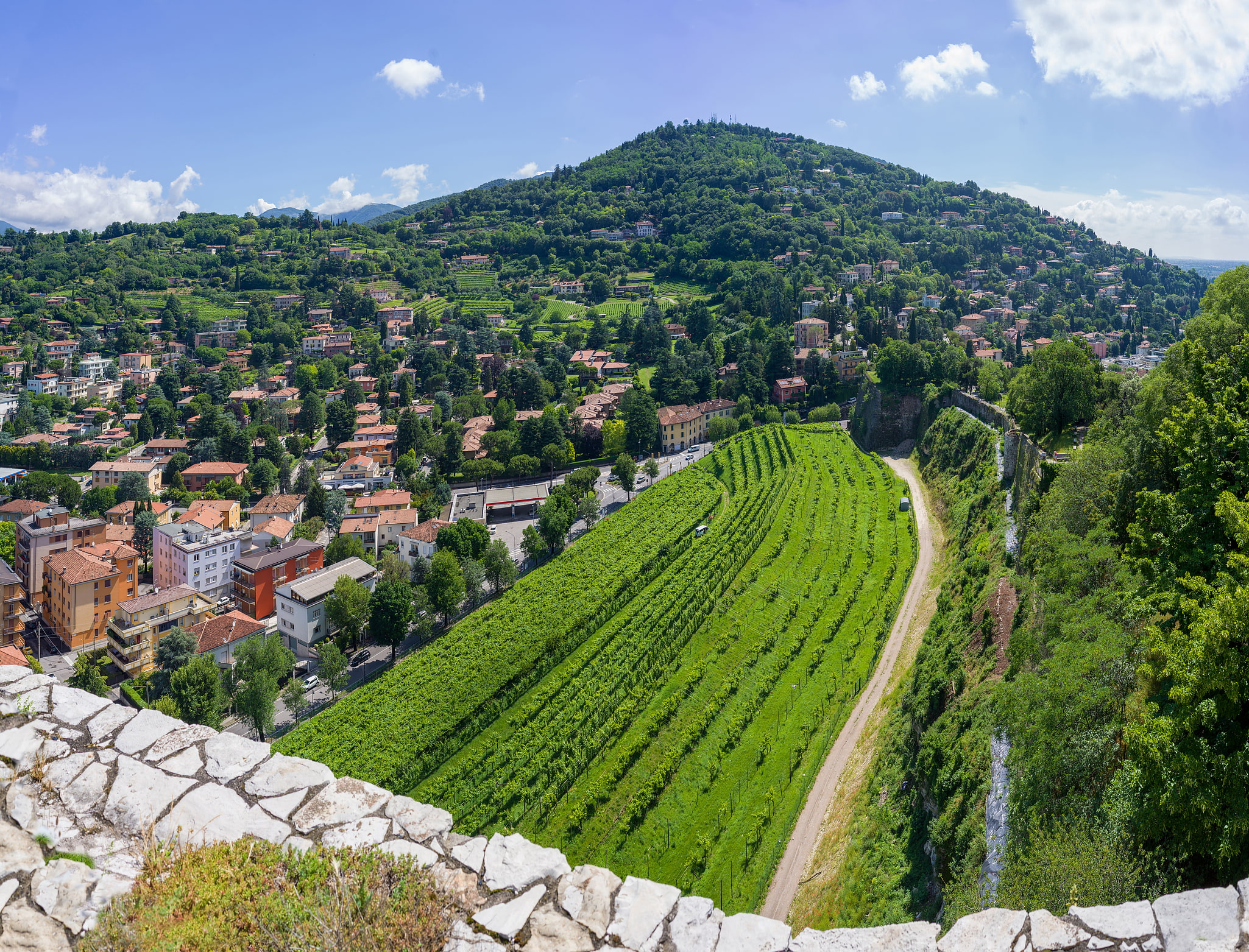
Brescia Travel Guide
Facts and practical information
Nestled in the northern Italian region of Lombardy, Brescia is a city that embodies the rich tapestry of Italian history, culture, and innovation. Though less frequented by tourists than its neighboring cities such as Milan and Venice, Brescia offers a wealth of treasures for those who seek the allure of authentic Italian charm.
The city's historical roots are visible through its impressive array of landmarks. At the heart of Brescia lies the Roman Forum, a complex of ancient ruins that includes the Capitoline Temple, one of the most important Roman temples in northern Italy. Nearby, the Santa Giulia Museum, a UNESCO World Heritage site, offers a journey through time with its archaeological collections and Lombard artifacts.
Brescia's medieval past is also prominent, with the imposing Castle of Brescia perched on Cidneo Hill. This fortress offers panoramic views of the city and houses a museum dedicated to the Risorgimento, the movement that led to the unification of Italy. The Old Cathedral, known as La Rotonda for its circular shape, and the New Cathedral, with its distinctive late Baroque architecture, stand testament to Brescia's religious and architectural history.
For those interested in the arts, Brescia's Teatro Grande is an opulent venue that hosts a variety of performances, from opera to modern theater. The city also celebrates its artistic heritage through numerous galleries and art exhibitions.
Brescia is not only a city of the past but also one that embraces the future. It is known as one of Italy's industrial powerhouses, with a strong economy based on precision machinery, firearms, and automotive sectors. This blend of old and new is evident in the urban landscape, where contemporary buildings sit alongside historical edifices.
Gastronomy in Brescia is a delight, with local specialties like casoncelli (stuffed pasta) and polenta, which can be enjoyed in the city's many trattorias and restaurants. The surrounding region is also famous for its wines, including the robust reds of the Valtenesi and the sparkling Franciacorta, perfect for oenophiles seeking to indulge in authentic Italian viticulture.
Brescia's strategic location in Lombardy makes it an ideal base for exploring the Italian Lakes, with the tranquil beauty of Lake Garda and Lake Iseo just a short drive away. The city also serves as a gateway to the Alps, offering opportunities for skiing, hiking, and mountaineering.
Brescia Attractions - What to See and Explore
Brescia offers many attractions and places to visit. Here are the most important ones: Stadio Mario Rigamonti, Monumental Cemetery, Church of San Salvatore, Old Cathedral. Below you will find a complete list of places worth visiting.
Things to See and Do in Brescia by Category
Sights, interesting and unusual places and attractions valued by most tourists. See the list of places to visit in Brescia.
Culture
Active
Church
Sacred and religious sites
Historical place
Specialty museum
Other categories
MuseumBrescia – popular in the area (distance from the center)
In the vicinity of Brescia, it's worth seeing attractions such as: Faunistic Park Le Cornelle, Blue Tornado, Raptor.
Best Time To Visit Brescia
Learn when is the best time to travel to Brescia weather-wise and what to expect in each season.
Best Ways to Experience Brescia
Food & drink
CuisineA guide to some of the best local dishes and drinks that you will meet in the region.
Art works & crafts
ArtFamous works of special cultural and artistic value related to this location.
